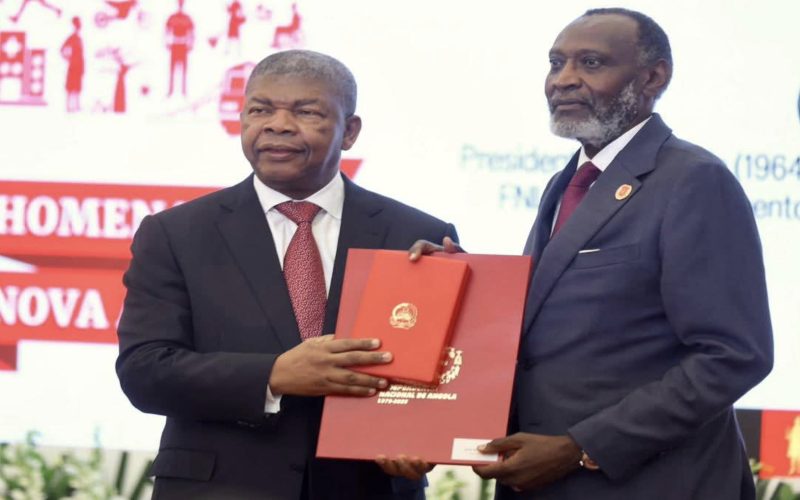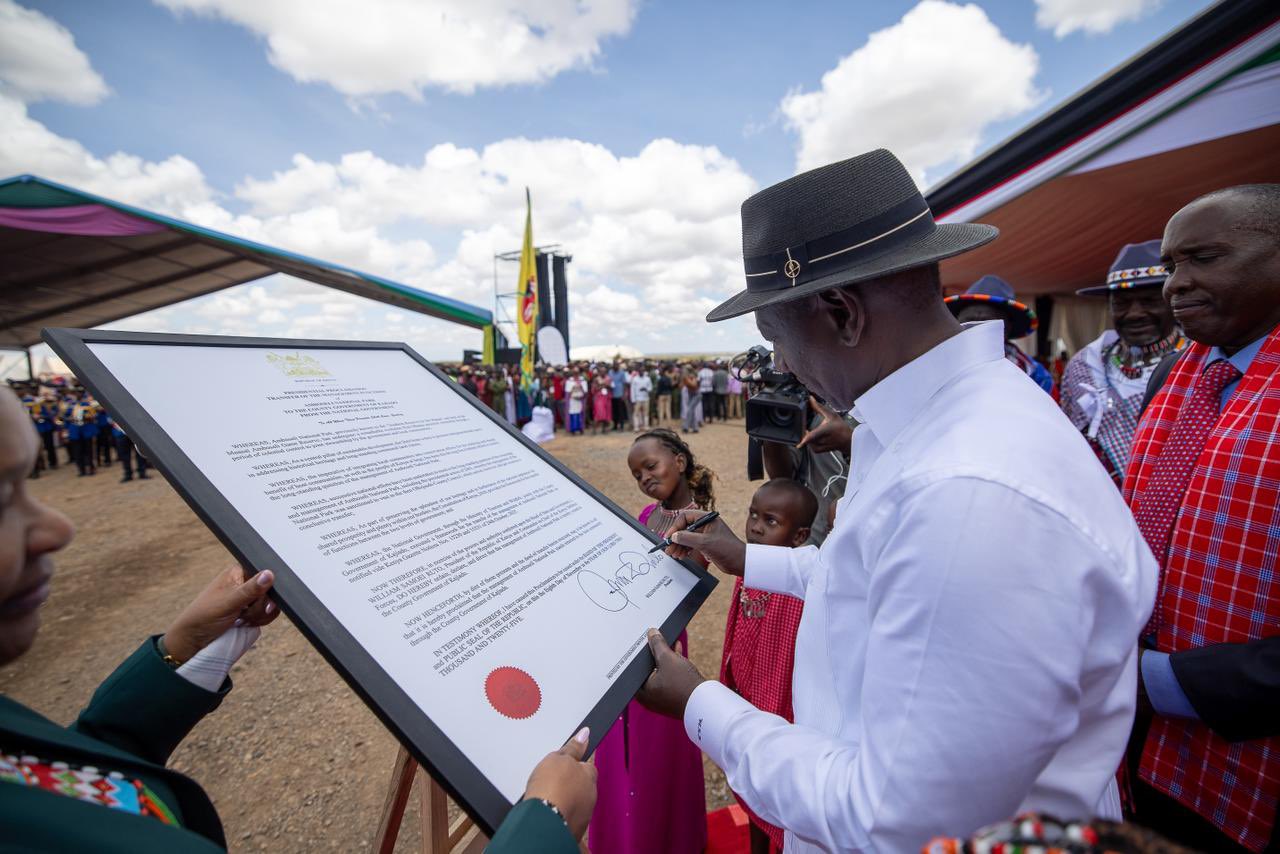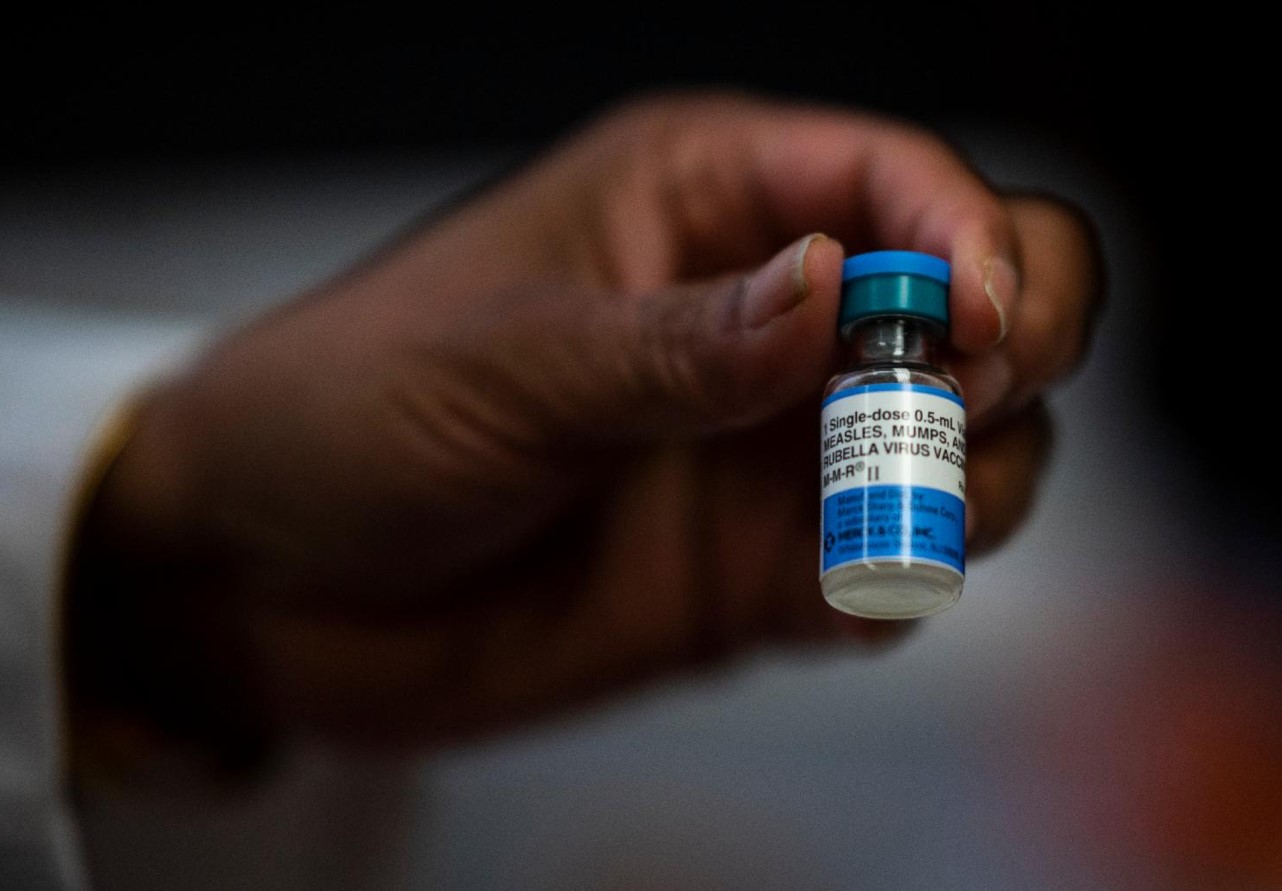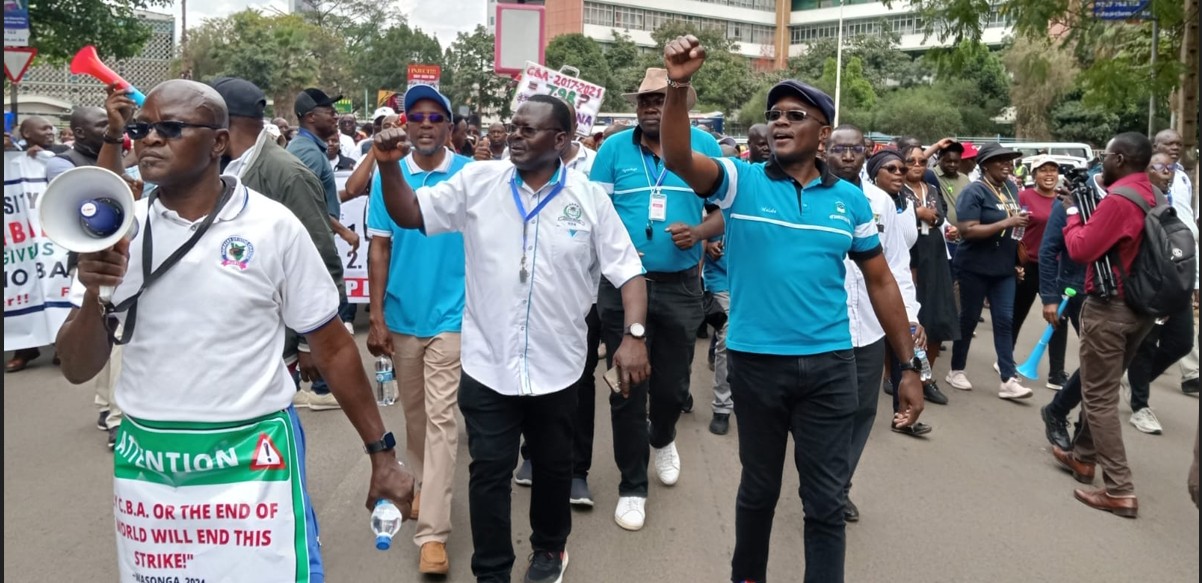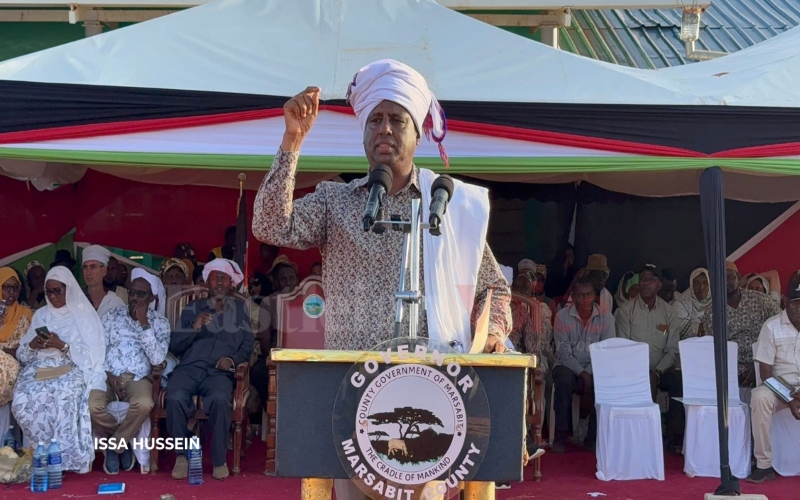Youth Day 2025: Only five per cent of African youth complete tertiary education, report reveals
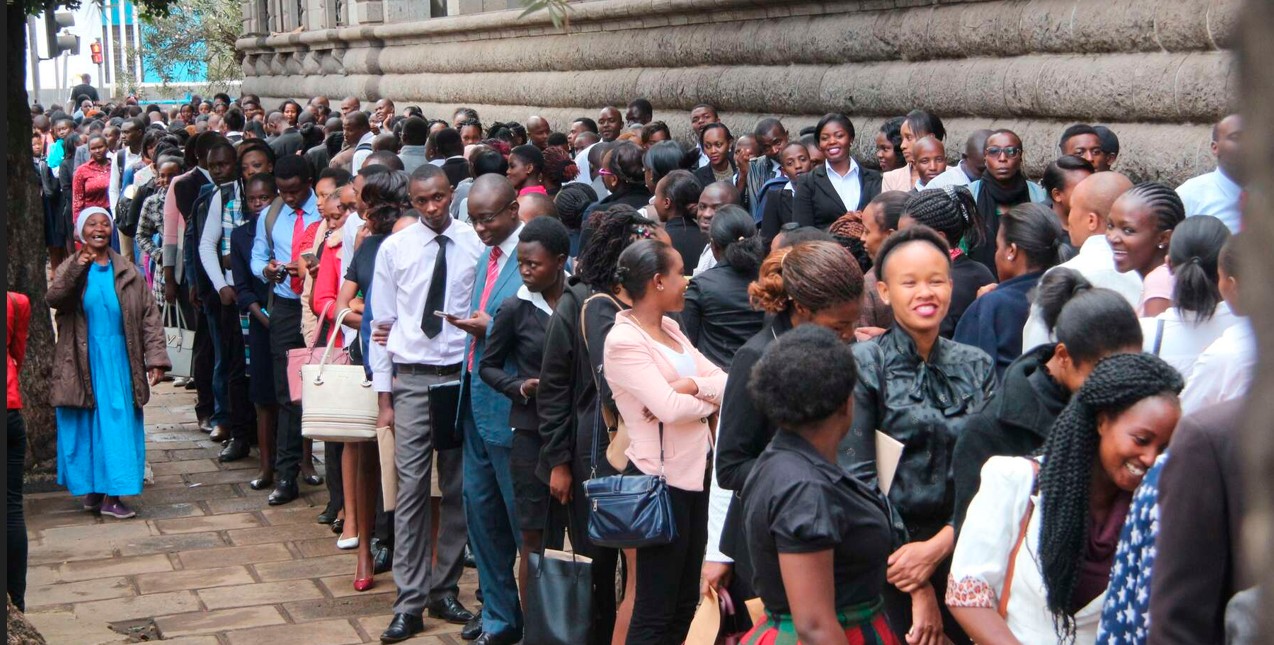
This demographic shift presents both significant opportunities and pressing challenges, particularly in the areas of education, skills development, and employment.
On August 12, the world marks International Youth Day. However, this year’s celebrations are overshadowed by the persistent and troubling crisis of youth unemployment.
New research from the International Labour Organisation (ILO) highlights this concern, revealing a stark reality in which many young people are being left behind in the labour market due to a lack of essential skills and training.
More To Read
- Kenya deregisters 680 rogue job agencies in crackdown on fake overseas recruiters
- Side hustles gain ground as stagnant salaries push youth to rethink work
- Kenya’s care economy set for boost as policy nears approval
- IGAD Chief urges action over irregular migration, joblessness in Horn of Africa
- Private sector activities rise for the first time in five months in September
- Nyota programme: Sh5 billion Youth Fund now operational to boost enterprise
According to the ILO, Africa is home to one of the largest and fastest-growing youth populations in the world, currently representing approximately 22.6 per cent of the global youth population, around 426 million young people.
This demographic shift presents both significant opportunities and pressing challenges, particularly in the areas of education, skills development, and employment.
“While many African economies are expanding, youth across the continent often face limited access to inclusive, high-quality education and training systems,” the organisation notes.
Additionally, only five per cent of African youth have completed tertiary education, highlighting a vast educational gap.
At the same time, 21 per cent of young people on the continent are said to have either never attended school or completed no more than pre-primary education, a deeply concerning statistic for a region where the youth population continues to grow rapidly.
The ILO report, which assessed youth education across 50 African countries, further reveals that nearly half (46 per cent) of young people have completed only primary or lower secondary education. Meanwhile, just 21 per cent have gone on to complete upper secondary or post-secondary non-tertiary education.
The report also highlights persistent disparities within education systems across many countries in the region. Data consistently show that young women are significantly more likely than young men to have never attended school or to have completed only pre-primary education, severely limiting their access to continued learning and future employment opportunities.
Interestingly, these disparities become less pronounced at higher levels of education, suggesting that once girls enter and remain in the system, their chances of progression improve.
The ILO attributes these inequalities to a range of persistent challenges, including inadequate infrastructure, teacher absenteeism, outdated curricula, and shortages of learning materials.
“Additionally, many young people remain disengaged from formal education, particularly at the upper secondary level,” the report states.
The organisation therefore argues that increased investment in Technical and Vocational Education and Training (TVET) and Work-Based Learning (WBL) is essential to equipping young people with the practical skills needed to thrive in an evolving labour market and to improve their overall quality of life.
It notes that participation in TVET programmes across African secondary education systems remains low.
“TVET is widely regarded as a pathway to decent employment and a vital tool for tackling youth unemployment. Yet, enrolment in formal TVET remains low across most African countries, particularly among female students,” the ILO observes.
“At lower secondary education level (ISCED level 2), vocational programmes are relatively uncommon. In 2022, such programmes accounted for just 3.4 per cent of total enrolment at this level in Northern Africa, and only 1.8 per cent in Sub-Saharan Africa.”
Top Stories Today
